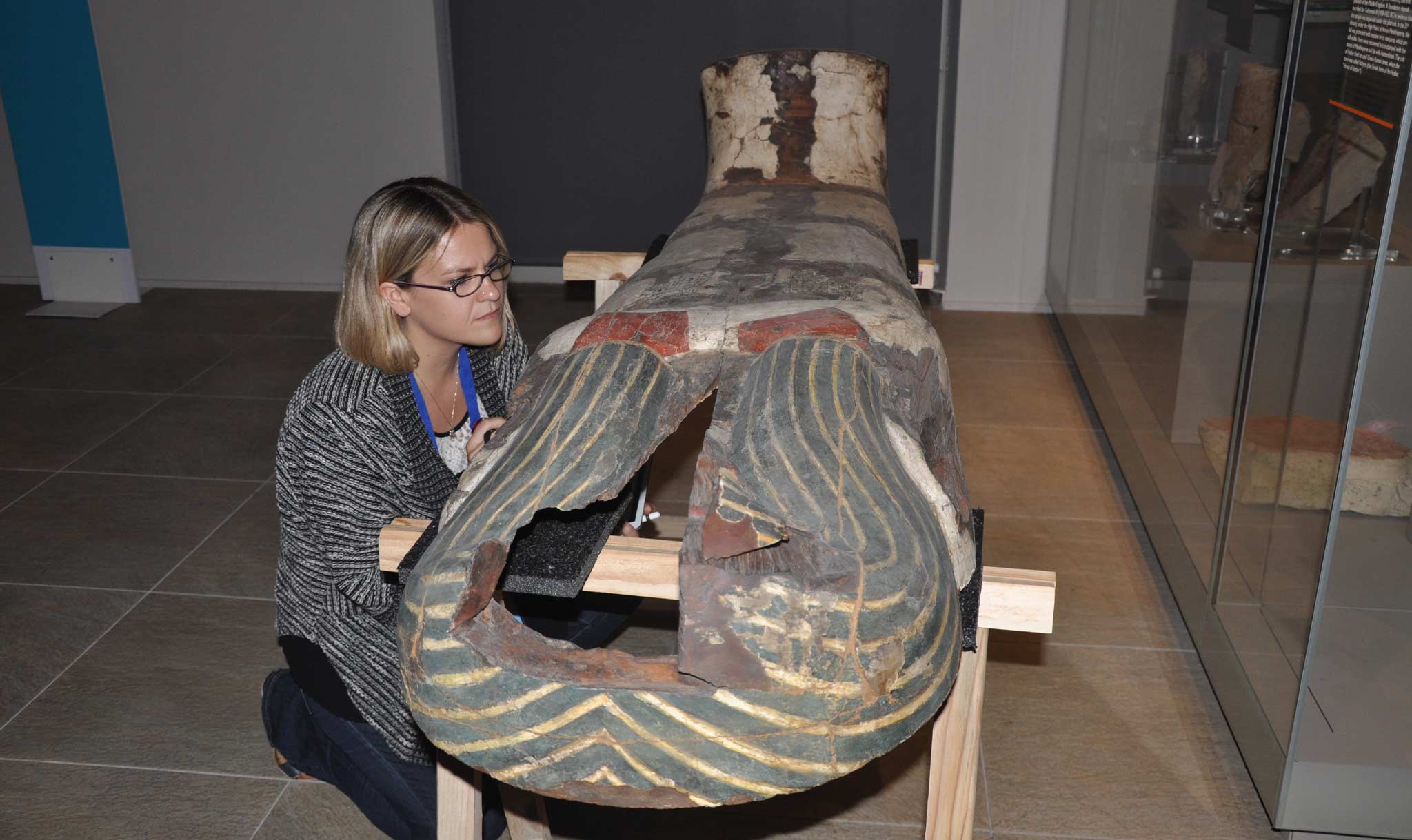The English alphabet has 26 letters. Arabic has 28. People in ancient Egypt used 700 characters. They are called hieroglyphs. For years, no one knew what they meant. One stone unlocked that language. It’s the Rosetta Stone.
French soldiers found the stone in 1799. They found it near Rosetta, Egypt. It had the same message in the Egyptian and Greek languages. Experts worked to use the Rosetta Stone to the Egyptian. On September 27, 1822, Jean-Francois Champollion figured it out. We’ve now been able to understand Egyptian text for 200 years!
The Rosetta Stone is broken. Yet it showed enough to decode text. There are hieroglyphs. It has another Egyptian language called Demotic. Then, there is the ancient Greek. People didn’t know the Egyptian languages. But Champollion used the Greek to figure them out!
Maiken Mosleth King studies Egypt. “No one had been able to read hieroglyphs for 1,000 years,” she said. “With the Stone, people were able to access the ancient script again.”
The Rosetta Stone altered our understanding of ancient Egypt. “Before this, the world’s knowledge was based on outside sources,” said Egypt expert Caroline Arbuckle MacLeod. So, she said people saw ancient Egypt as “otherworldly.” The Rosetta Stone changed that.
“We realized ancient Egyptians had more in common with other people,” explained Arbuckle MacLeod. “They went to school and worried about their families,” she explained. She called that “the same things that we talk about today.”
Arbuckle MacLeod said the Stone helped us “know the Egyptians from their point of view.”
Many people study ancient Egypt. Their field is called Egyptology. Arbuckle MacLeod called decoding the Rosetta Stone “the birth of Egyptology.”
Egyptians used hieroglyphs for almost 4,000 years. We’ve now been able to understand them for 200 years. Yet there’s still much more to learn. “New discoveries are happening all the time,” said Arbuckle MacLeod.
“We keep learning new things.”
Updated September 27, 2022, 5:01 P.M. (ET)
By Sophie A. Montecalvo






